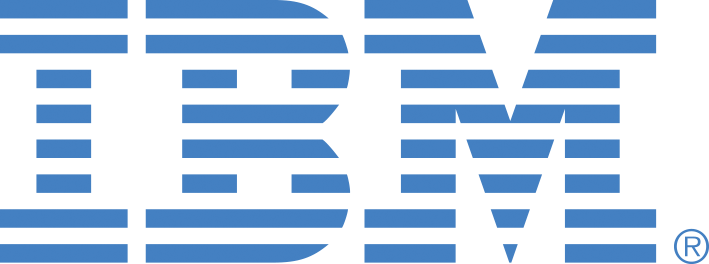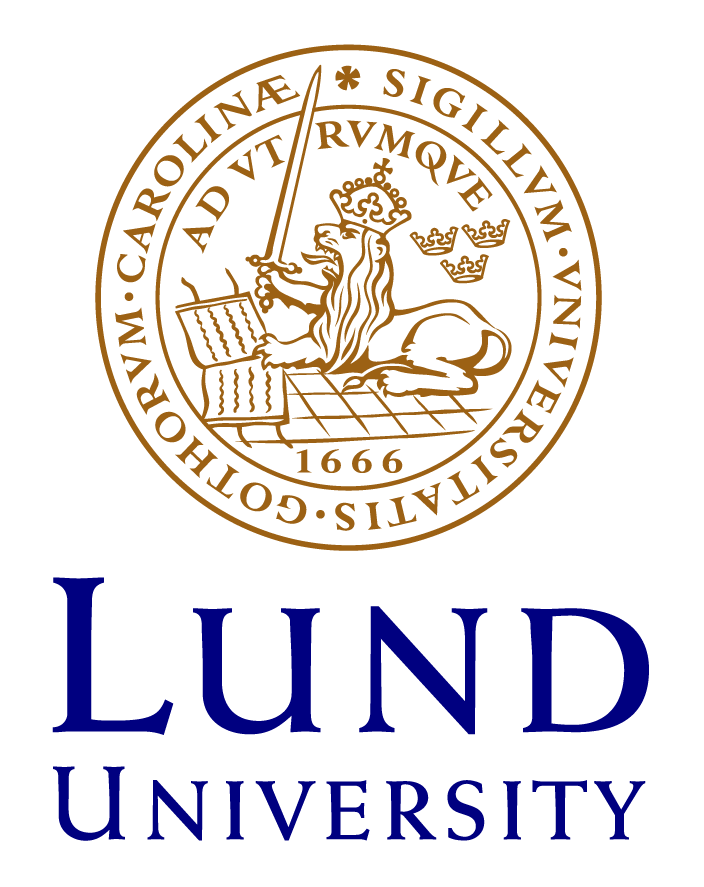Partners
|
|
Department of Electrical and Information TechnologyLUND UNIVERSITY About the Nanoelectronics Group
|
|
| |
Fraunhofer Institute for Applied Solid State PhysicsGermanyThe Fraunhofer Institute for Applied Solid-State Physics IAF is a leading research and technology center for compound semiconductors and their application in microelectronics and optoelectronics. Fraunhofer IAF is a gateway between state-of-the-art research and industrial implementation of novel micro- and nanoelectronic circuits. The IAF focuses on III-V compound semiconductors and their heterostructures for advanced transistors and optoelectronic devices. Fraunhofer IAF performed its expertise epitaxial growth in atomic dimensions and device structures, chip design, technology and the manufacturing of devices and modules. The Institute was founded in 1957 and now has a total staff of 280 scientists, engineers and technicians with an annual budget of 28 million Euros. |
|
|
The Institute of Microelectronics, Electromagnetism and Photonics The Institute of Microelectronics, Electromagnetism and Photonics (IMEP/INPG), with staff of 140 persons, is one of France's top micro and nanotechnology research academic laboratories, particularly for micro- and nanoelectronics, microphotonics, microsystems and microwaves. IMEP/INPG is focusing on CMOS and post-CMOS nanoelectronics, as well as new materials and smart devices:
|
||
 |
IBM Research GMBHSwitzerland About IBM Research IBM Research – Zurich is the European branch of the IBM Research Division. Scientific and industrial research activities are conducted in three departments with ca. 400 researchers. It has made major contributions to the advancement of knowledge in material science, nanoscience and nanoscale physics stimulated by problems relevant to technology. Research in the Science & Technology department is concentrated in the fields of nanotechnology and future emerging devices, advanced chip technology and materials science. IBM Research – Zurich is the first industrial research lab, which received the Historic Site Award of the European Physical Society for its contributions to physics including the Nobel prizes of 1986 and 1987, and the Kavli prize in nanoscience in 2016. |
|
 |
CEA-DRT/LETI/DCOS, Silicon Components DivisionCOMMISSARIAT A L ENERGIE ATOMIQUE ET AUX ENERGIES ALTERNATIVES About Leti (France) CEA-LETI, the Laboratory for Electronics & Information Technology is operated by “Direction de la Recherche Technologique”, (DRT), at CEA, the French Atomic and Alternative Energies Commission. It mainly aims at helping companies to increase their competitiveness through technological innovation and transfer of its technical know-how to industry. Major Player in the MINATEC Micro-Nano technologies innovation centre, CEA-LETI benefits from 8000 m2 SOA clean rooms, with equipment worth some 160 million euros. It is currently employing some 1600 people among whom 1100 CEA employees and co-workers of various status including 100 people from industrial partners, working in the CEA-LETI premises within the framework of bilateral collaborations. Overall, research contracts with industry are worth 75% of CEA-LETI annual income. It has a very important patents portfolio, and filed last year more than 200 patents and 700 publications. The laboratory is structured into six departments, with a specific department operating 24-7 the technological facilities of the silicon technology platform, and five program-oriented departments covering the fields of microelectronics, Microsystems, Optronics, system design and telecommunications, and technologies for bio and health. |
|
| |
School of EngineeringUNIVERSITY OF GLASGOW The Energy Efficient Electronics team is part of the research division of electronics and nanoscale engineering at the University of Glasgow. The 10 strong group has expertise in compound semiconductor transistor realisation for low power
|
|
 |
Tyndall National InstituteUNIVERSITY COLLEGE CORK, NATIONAL UNIVERSITY OF IRELAND The Tyndall National Institute is a research centre of University College Cork (www.ucc.ie) and is one of Europe’s leading centres for Information and Communications Technology research and is the largest facility of its kind in Ireland. Its mission is to deliver new opportunities for Ireland’s economic growth through excellence in research, post-graduate education & training, and by delivering innovative solutions to society’s grand challenges. Research is Tyndall’s core activity, with research centres in the areas of photonics, nano-electronics, and Microsystems which area underpinned by a large central fabrication facility and a centre focused on theory modelling and design. Tyndall is host to some 125 PhD students who make a major contribution to Tyndall’s research. About NMD
|
|
 |
C2Amps is a Lund based SME started in 2016. The company develops In(Ga)As nanowire transistors on Si-substrates that combine high operation speed with high breakdown voltages. The technology is based on more than 20 years research at Lund University by the Nanoelectronics group at the department of Electrical- and Information Technology. C2AMPS will offer customers a process design kit including models for both active and passive devices for the process developed in the Lund Nano-lab. The models will be developed based on prototypes fabricated in the Lund lab. |
|
|
Ecole polytechnique fédérale de Lausanne EPFL is a leading engineering university in Europe. With an annual budget of 950 MCHF (2017) and a student body (Bachelor, Master, PhD and PostDoc) of 11'134 students from over 116 countries, EPFL counts 7 schools in all major fields of science, engineering, and management. With 1’350 full-time equivalent employees, the School of Engineering (STI) has been developing rapidly over the past few years to become the largest school at EPFL, home to more than 100 laboratories. During the last years, the School has put renewed focus on cutting edge research, which resulted in a continued increase in the number of scientific publications, helping to rank EPFL among the top 5 academic institution in engineering in Europe and top 10 in the world. The Integrated Circuits Laboratory (ICLAB) operates as part of the Institute of Microengineering (IMT) in the EPFL Microcity site in Neuchâtel. It is focused on the design of low-power and low-voltage analog and RF CMOS integrated circuits and on the modeling of advanced semiconductor devices with a particular focus on MOSFETs. The ICLAB has acquired a solid reputation over the years in compact modeling of the MOSFET with the EKV model and its related design methodology applied to analog and RF circuits. More recently, ICLAB has worked on the modeling of the MOSFET operating at cryogenic temperatures in the frame of the MOSQUITO EU project. |

